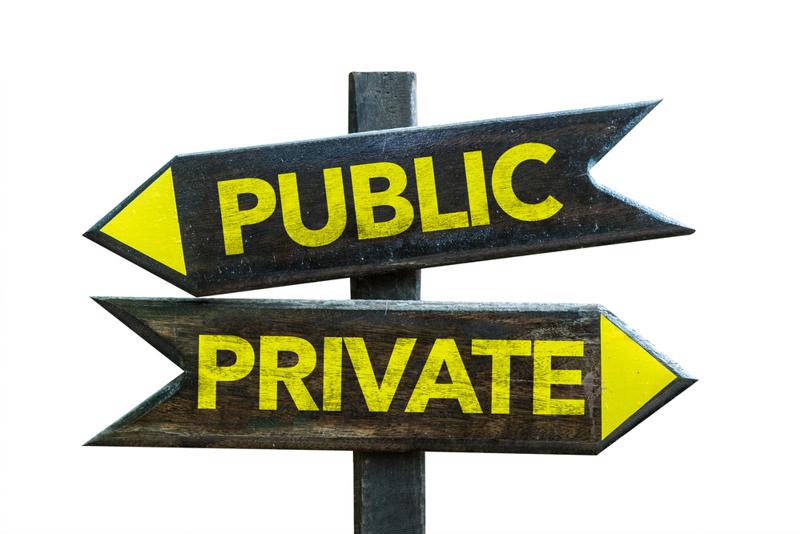As a cyber security company, we here at Total Defense know how important it is to keep kids safe online. The internet may be a fantastic tool for children to learn and grow, but it can also be dangerous if used improperly. This is why we’ve partnered with the National Center for Missing & Exploited Children to create Caring For Our Kids, which is meant to help teach about what kids can do to protect themselves in a digital environment.
While online security is a constantly evolving arena, there are some specific things that parents can do to help their children keep their private information safe while using social media.
1. Check privacy settings
Regardless of age, everyone has started to see the importance of keeping their information private. As a result, many social media sites have begun to give users more options in terms of what other people can see. Instagram, Facebook and Twitter each have their own settings, so you’ll have to go to every individual site and set up preferences for your child.
 Deciding what to make public and private is a big decision.
Deciding what to make public and private is a big decision.2. Discuss what should and shouldn’t be posted
“One thing that’s hard for kids to understand is the sheer scale of the internet.”
One thing that’s hard for kids to understand is the sheer scale of the internet. They may think that posting their address on their Twitter is harmless, as they only have a few followers. However, it’s simply impossible to know who’s listening.
Of course, many of these problems can be mitigated by following the above privacy settings’ best practices. That said, it’s also important to sit down with your kids and get them to understand what posting personal information means in the internet age.
While bigger information such as where they live or what their password is should obviously never be posted, it’s also often a good idea to leave out your child’s last name. Many people opt to only use their first and middle name for their Facebook pages, and others don’t even include their real name at all on something like a Twitter account.
3. Explain what phishing is
Another security issue that many kids run into is phishing. This is where a cyber criminal will send the child a message masquerading as a friend or simply another child. They will then either include a link that will download malware onto your kid’s computer or try to start a conversation.
Sadly, it’s very hard for a child to quickly and easily recognize a phishing attack, which is why it’s vital that you take the time now to fully explain the dangers of these hacking techniques. If one of their friends sets up a social media account and sends them a message, try to confirm with the child’s parent or even set up a play date to ensure that this new profile is real. It’s also important to encourage your child to come forward when they discover that they’ve fallen for a phishing attack, and to make them understand that they won’t get in trouble.
The internet is a fantastic technology, but it needs to be treated with respect. Children must be made to recognize the responsibility they hold to themselves and their family every time they log in.





